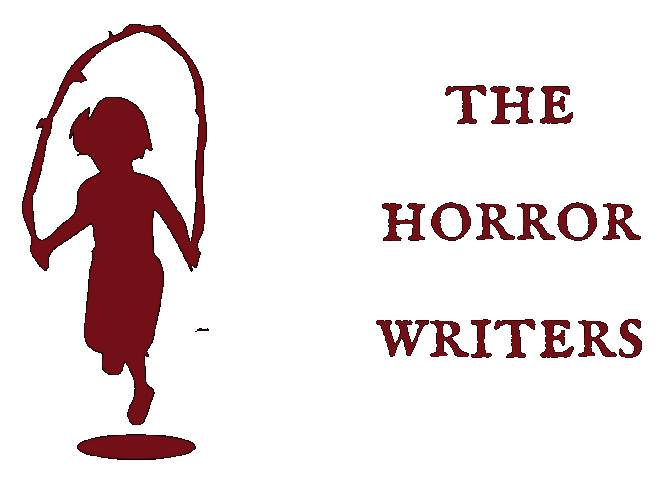The Mind’s Eye
Director: Joe Begos
Starring: Graham Skipper, Lauren Ashley Carter, John Speredakos
Runtime: 87 minutes
Rating: Not Rated

Do you remember when body horror was dark, sexy, and too gory for children?
Joe Begos remembers.
In a DePalma-laced throwback to 70’s/80’s horror, Begos creates an alternate universe in the early 90’s in which gifted outliers with psychokinetic powers roam the country, avoiding attention and trying their best to live a normal life. Zack Connors (played by the talented Graham Skipper) is one such outlier. We meet him at the beginning of the film, walking alone through the snowy town. He seems perfectly fine with his lone wolf status, until some local cops on a power trip accost him into a panic. Restrained in a chokehold, Connors reveals his power and destroys some police property, tossing a cop onto the pavement like a rag doll. An intense, quaking stare is all it takes to remove objects – and people – from his path. Nonetheless, he’s subdued and brought in for questioning.

In the police station, he meets Dr. Slovak. Slovak reels him in like a twisted Dr. Xavier to a wary Wolverine, promising to help him and reunite him with Rachel (played by an expressive Lauren Ashley Carter). Despite his soothing demeanor, Slovak is a bad egg who keeps other such gifted people imprisoned in his home so he can drain their abilities and consume their power. Whereas Connors sees his gift as more of a curse, Slovak sees a nefarious potential in those abilities. The demarcation between good and evil couldn’t be any more clear in this movie, and John Speredakos inhabits the role of power-hungry madman with an over-the-top zeal that you can’t help but grin at. Conversely, Graham Skipper takes a more subdued approach to his role, providing a nice balance to his Lex-Lutherian adversary. It makes sense, as Zack Connors is not a willing hero; rather, he is manipulated into conflict and forced to act accordingly to save those close to him.
Conners eventually grows tired of his captive situation, so he locates and escapes with fellow prisoner Rachel. Dr. Slovak isn’t pleased, and so begins a thrilling chase that ends with an inevitable showdown to prove who wields the baddest brain power on the block. The movie is rife with scifi tropes, creatively deployed in such a manner that at times you forget you’re watching a second effort from an indie director. The themes bear many similarities to those of Scanners, particularly the connection between sexuality and power. It’s obvious that Begos is a Cronenberg enthusiast, and every scene, no matter how crude, is an ode to the body horror master.
For a low-budget film, this really delivers. Begos went in with a low spending limit, and it’s apparent that he spent most of that scratch on the effects department. Considering the finished product, I’m glad he made that decision. The utter carnage that ensued during the third act of the movie was some of the most memorable mayhem I’ve seen in a long time. Exploding heads, flying flesh debris, and not-so-minor axe wounds amplify the scifi celebration. While some cinephiles may balk at the close-up quivering gazes and (wire-supported) swaying axes, Begos’ vision shines through the shoestring budget. This is a legit midnight feature, where staying true to the genre is what really matters. From the mental warfare to the corporate conspiracy to the lively practical effects, The Mind’s Eye stays true.

Graham Skipper and Lauren Ashley Carter are both in fine form, playing their starring roles with restraint and vulnerable ferocity, respectively. They provide a solemn yin to John Speredakos’s campy yang, and it all just works. Indie horror darling Larry Fessenden shows up in a few endearing scenes as Connors’ father, bringing his A-game to the role, as always. I found it particularly striking that Fessenden’s performance brought more gravity to the conflict, despite dropping in halfway through the film.
The soundtrack is especially of note, as well. From the title card at the beginning reading “THIS FILM SHOULD BE PLAYED LOUD”, the use of sound in the film is paramount. Sound effects are utilized to great effect to display when psychokenetic powers are being used, rather than simply relying on visual cues like nosebleeds and distended veins. Sound effects designer Graham Reznick dishes out a handful of penetrating sounds, like the cerebral rumble that Zack emits when he deploys his kinetic abilities. It creates an unsettling effect common in body horror, particularly – you guessed it – Cronenberg’s Scanners. The film is truly a throwback, and a riotous one, at that.
When it comes down to it, you can hate on the familiar route and threadbare upholstery, or you can crank the tunes and enjoy the ride. The Mind’s Eye is a fun flick, straight up; the kind of film that the late-night double feature was meant for. The rough-around-the-edges production value only adds to the appeal and gives it an authenticity that many genre fans have been looking for in the age of the polished remake and the rebooted cash-grab. Pour some booze, watch it with your friends, and whoop and holler at the gratuitous gore.
Horror Writers Rating: 4/5 stars.
The Mind’s Eye is currently available on VOD and DVD.
